Bruce Chatwin was an innovative British travel writer. Chatwin was born May 13, 1940 in Sheffield, England during World War Two. His father, a lawyer, served in the Royal Navy. Chatwin moved to London when he finished high school. He was 18. He began working at Sotheby’s auction house, appraising paintings and specializing in the Impressionists. When he was 25, he married Elisabeth Chanler, a coworker. Chatwin had a promising career ahead of him, but problems with his eyesight forced him to leave his job when he was 26. He enrolled at the University of Edinburgh to study archeology. Uninterested in academic life, he quit after two years. He continued to study art and archeology on his own.
In 1973 he began working for the Sunday Times Magazine as an art and architecture consultant. The experience made it possible for him to travel widely for work. In 1974 he took a trip that would change him forever. During an interview with Eileen Gray, an Irish designer, and noticed a map of Patagonia in her study. Chatwin immediately decided that he had to visit the distant country. Once in Patagonia, he resigned from the Times, sending a bold telegram that read: have gone to Patagonia for 6 months. During his stay, Chatwin wrote In Patagonia. In 1978 the New York Times Book Review praised it as the best book of the year. In Patagonia got the public’s attention and breathed fresh air into travel writing.
Chatwin wrote about civilizations outside of Europe. His writing was a never-before-seen blend of narration, autobiography, reporting, fanciful invention, essays and digression. His books were based on notes scribbled in French-made notebooks. In 1980, after spending time in Africa and Brazil, Chatwin published The Viceroy of Ouidah, about the slave trade
Songlines, first published in 1987, is about the culture of Australian Aborigines. It became one of his most well known books.
His last book, Utz, is about collector’s obsessions. In the 1980s, Chatwin contracted HIV. His health began to deteriorate, but he hid the cause of his illness from even his closest friends. Confined to a wheelchair, he retired to Southern France with his wife, where he lived out his days. He died in Nice on January 8, 1989. He was 48. That same year saw publication of his memoirs, entitled What am I Doing Here?
In 1973 he began working for the Sunday Times Magazine as an art and architecture consultant. The experience made it possible for him to travel widely for work. In 1974 he took a trip that would change him forever. During an interview with Eileen Gray, an Irish designer, and noticed a map of Patagonia in her study. Chatwin immediately decided that he had to visit the distant country. Once in Patagonia, he resigned from the Times, sending a bold telegram that read: have gone to Patagonia for 6 months. During his stay, Chatwin wrote In Patagonia. In 1978 the New York Times Book Review praised it as the best book of the year. In Patagonia got the public’s attention and breathed fresh air into travel writing.
Chatwin wrote about civilizations outside of Europe. His writing was a never-before-seen blend of narration, autobiography, reporting, fanciful invention, essays and digression. His books were based on notes scribbled in French-made notebooks. In 1980, after spending time in Africa and Brazil, Chatwin published The Viceroy of Ouidah, about the slave trade
Songlines, first published in 1987, is about the culture of Australian Aborigines. It became one of his most well known books.
His last book, Utz, is about collector’s obsessions. In the 1980s, Chatwin contracted HIV. His health began to deteriorate, but he hid the cause of his illness from even his closest friends. Confined to a wheelchair, he retired to Southern France with his wife, where he lived out his days. He died in Nice on January 8, 1989. He was 48. That same year saw publication of his memoirs, entitled What am I Doing Here?
RELATED
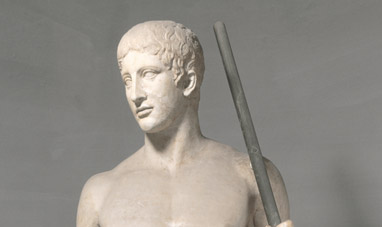

POLYCLEITUS


KARL FRIEDRICH SCHINKEL


PIERO MANZONI
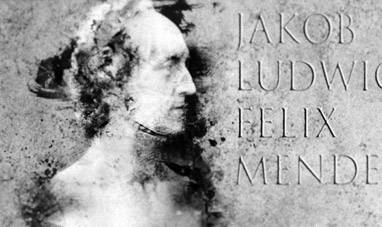

FELIX MENDELSSOHN
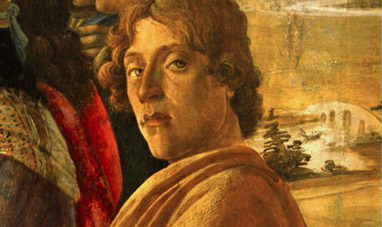

SANDRO BOTTICELLI
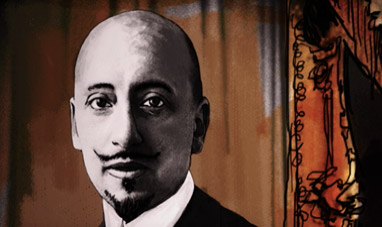

GABRIELE D'ANNUNZIO
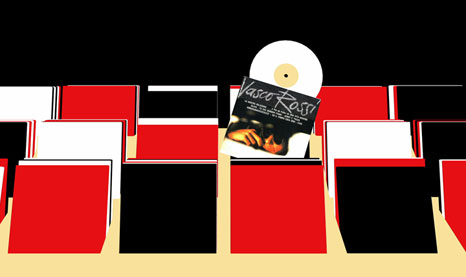

VASCO ROSSI
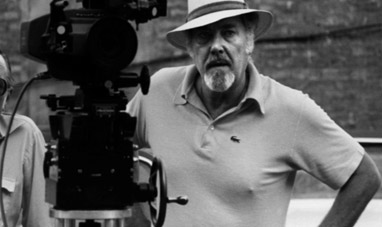

ROBERT ALTMAN


ERNST LUDWIG KIRCHNER
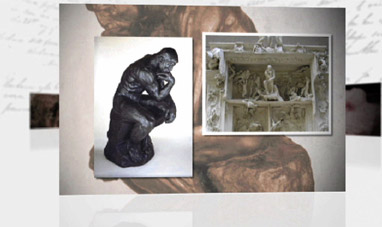

AUGUSTE RODIN
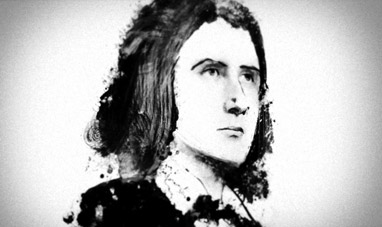

FRANZ LISZT


JACK KEROUAC
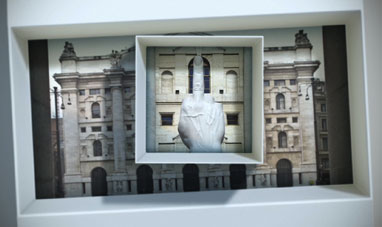

MAURIZIO CATTELAN
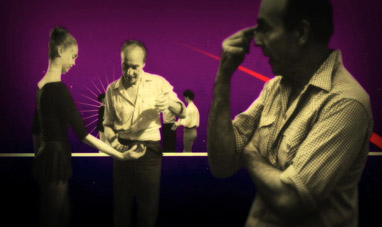

GEORGE BALANCHINE


RITA HAYWORTH
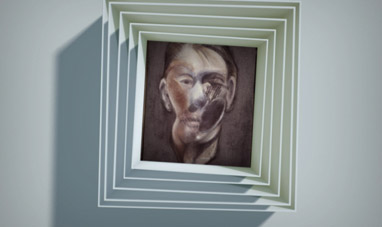

FRANCIS BACON
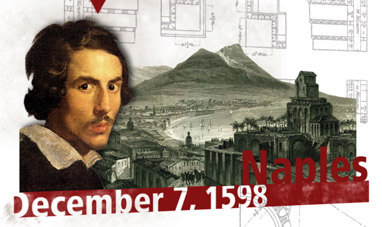

GIANLORENZO BERNINI
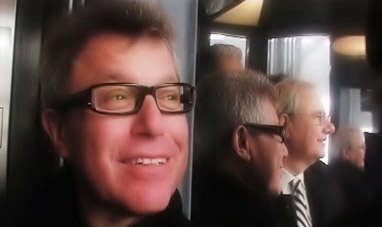

DANIEL LIBESKIND


CARA DELEVINGNE
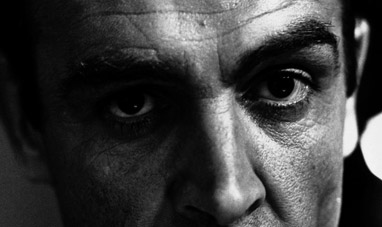

SEAN CONNERY
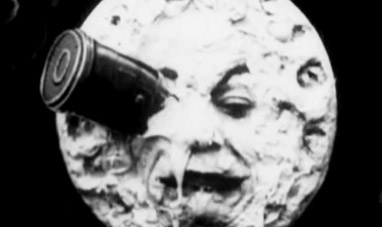

GEORGES MÉLIÉS
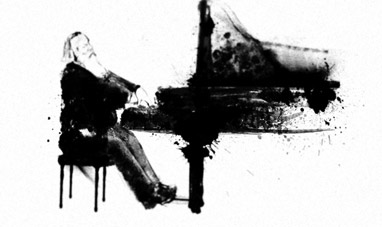

JOHANNES BRAHMS
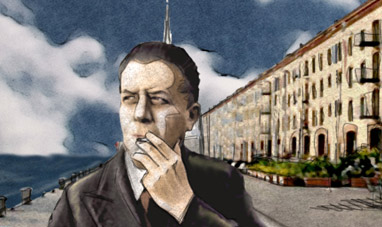

EUGENIO MONTALE
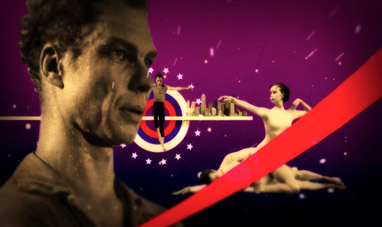

MERCE CUNNINGHAM
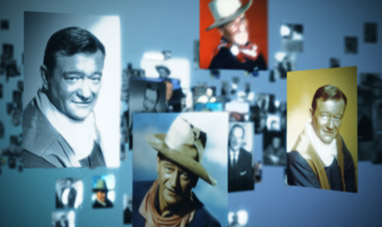

JOHN WAYNE
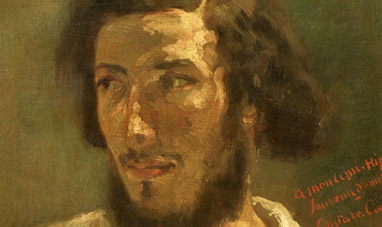

GUSTAVE COURBET


RENZO PIANO


STEVEN SPIELBERG
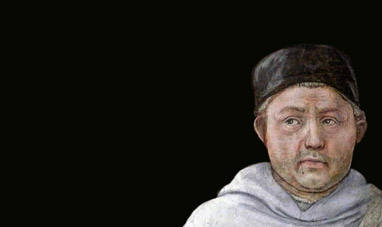

FILIPPO LIPPI
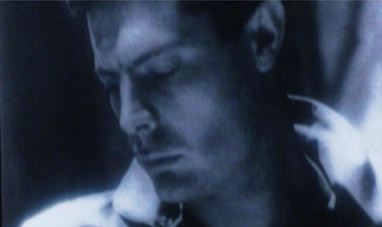

MARCELLO MASTROIANNI


GIUSEPPE PENONE


RUDOLF NUREYEV
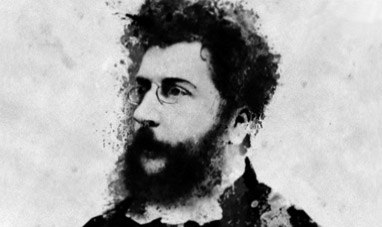

GEORGES BIZET
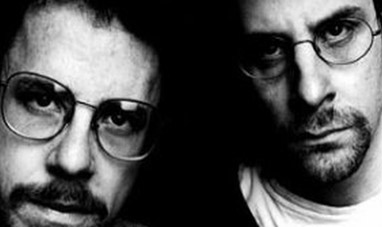

JOEL AND ETHAN COEN
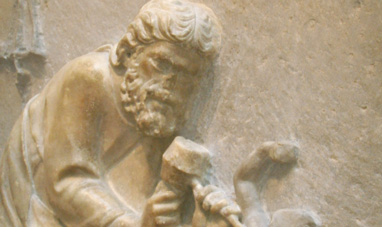

LYSIPPOS


BETTE DAVIS
